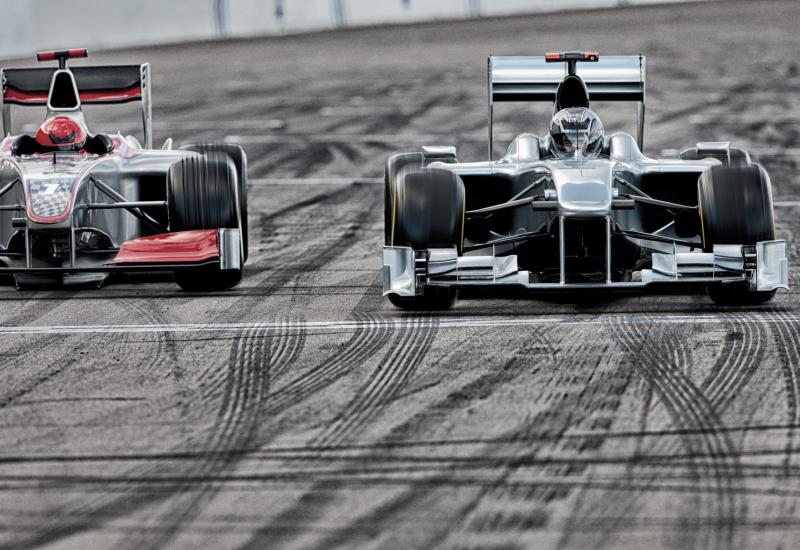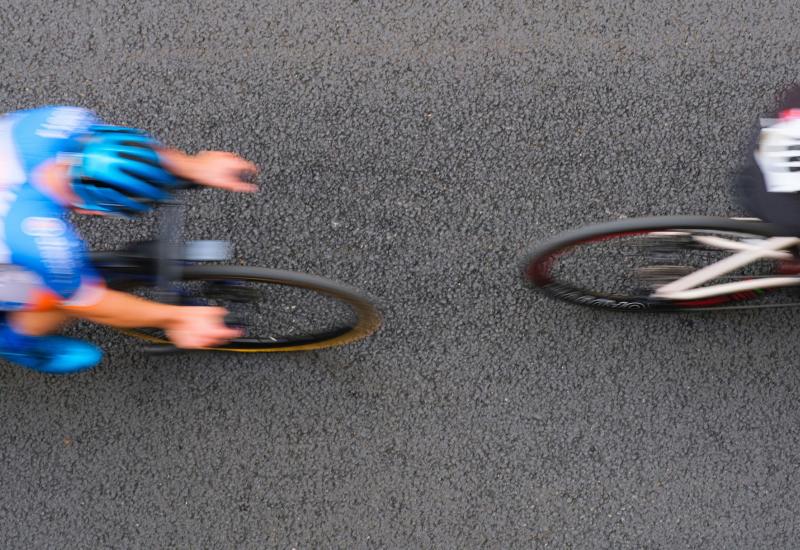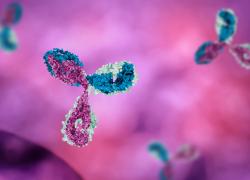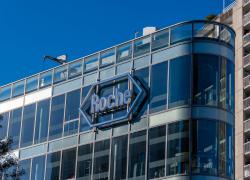
Takeda says no to B7-H3
TAK-280 is among the group's discarded projects, although it’s a T-cell engager, not an ADC.
TAK-280 is among the group's discarded projects, although it’s a T-cell engager, not an ADC.

B7-H3 is a hot target, but it’s now one that Takeda won’t be pursuing. The company disclosed in its full-year earnings on Thursday that it discontinued TAK-280, which hits B7-H3; however, recent successes have come with ADCs, and the Takeda asset is a T-cell engager.
More predictably, the Japanese group is also abandoning the Sting agonist dazostinag; this mechanism has had its fair share of failure. The other assets to go are the Sting agonist-armed CCR2-targeting immune-stimulating antibody conjugate (ISAC) TAK-500, and the anti-EGFR T-cell engager TAK-186.
Takeda’s discontinued oncology projects
| Project | Description | Key study/ies | Note |
|---|---|---|---|
| TAK-280 | Anti-B7-H3 T-cell engager | Ph1/2 in solid tumours | Anti-B7-H3 ADCs have shown promise |
| TAK-500 (plozalizumab plevistinag) | Anti-CCR2 ISAC (Sting agonist payload) | Ph1/2, +/- Keytruda in solid tumours, terminated for futility | Mersana recently deprioritised ISACs against undisclosed targets |
| Dazostinag | Sting agonist | Ph1/2, +/- Keytruda in solid tumours | Various setbacks with Sting agonists |
| TAK-186 | Anti-EGFR T-cell engager | Ph1/2 in solid tumours | Recent interest in anti-EGFR ADCs |
Note: ISAC=immune-stimulating antibody conjugate. Source: company FY 2024 presentation.
B7-H3 ADCs from Daiichi/Merck & Co, GSK/Hansoh, DualityBio/BioNTech and MediLink have all shown promise, particularly in small-cell lung cancer. Perhaps the TCE didn’t meet the bar set by these assets.
TAK-280 was in a phase 1/2 trial in solid tumours that had been due to complete in June; no data have yet been reported. The project, which came via the 2021 acquisition of Maverick Therapeutics, used that group’s so-called Cobra platform – half-life extended TCEs designed to be conditionally activated in the tumour microenvironment.
There are no other industry-sponsored clinical trials of B7-H3-targeting TCEs, according to OncologyPipeline.
Sting pain
Meanwhile, there’s a surprising amount of activity in Sting agonism, considering various failures, most notably from Aduro. Boehringer Ingelheim has professed excitement about its second-generation project, BI 1703880, although Pfizer has terminated a phase 1 study of its contender, PF-07820435, for “business reasons”; the latter only entered the clinic a year ago.
TAK-500 also uses Sting agonism, but as an immune-stimulating payload. A phase 1/2 trial of that project was terminated earlier this year, with the clinicaltrials.gov entry citing clinical futility. This approach took another blow this week when Mersana deprioritised two ISACs that also utilised a Sting payload, against undisclosed targets. However, Mersana is still working on a Sting-agonist-based ISAC against HER2, XMT-2056, on which GSK has an option.
According to OncologyPipeline, the only CCR2-targeting project in active clinical trials is Solu Therapeutics’ cytotoxicity targeting chimera (CyTac) STX-0712.
EGFR is a more popular target, although recent activity has focused on ADCs. On the TCE side, notable projects include Janux’s double-masked contender JANX008, with phase 1 data due this year; while Vir Biotechnology also plans to take VIR-5525, a dual-masked asset it licensed from Sanofi, into the clinic this quarter.
2742













